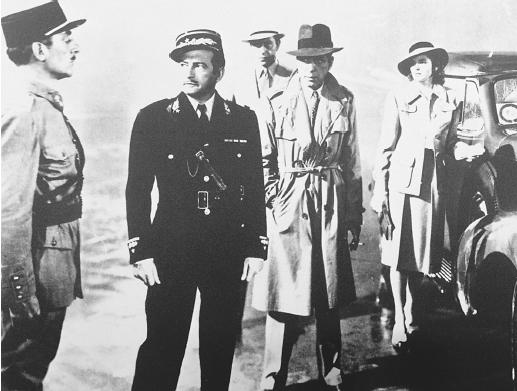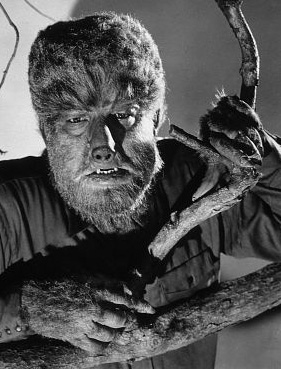
The final scene of Michael Curtiz's Casablanca differs from all the other scenes of the film in that it utilizes heavy fog instead of an actual backdrop so that we are unable to get a sense of depth from the shot. Realistically speaking this makes more very poor flying conditions but thematically it works to create a sense of unknown and uncertainty, as well as forcing the characters in to the position of the dominant because there is simply little else to look at. For the character of Rick this scene is a sort of jumping-off point, as he makes a decision to abandon his neutrality and joint in the conflict by helping Ilsa and Laszlo escape from Casablanca. The majority of this scene is shot in either with personal or, as is the case with Rick's final conversation with Ilsa, intimate camera proxemics. The characters are positioned relatively close together almost forming a line from left to right with a gradual change in color value from the darks of Captain Renault to the near ethereal lightness of Ilsa and Laszlo.
As the representative American the beginning of Rick's involvement with the war also works to signify that of the US as well. Rick's speech works to highlight the propaganda being used to recruit American involvement, "The troubles of a few people don't amount to a hill of peanuts in this crazy world." Rick's friendship with Captain Renault speaks of the possibility of allying with French, and indeed both of them exit into the fog in a manner similar to how a cowboy might ride off into the sunset, something typically considered American.





